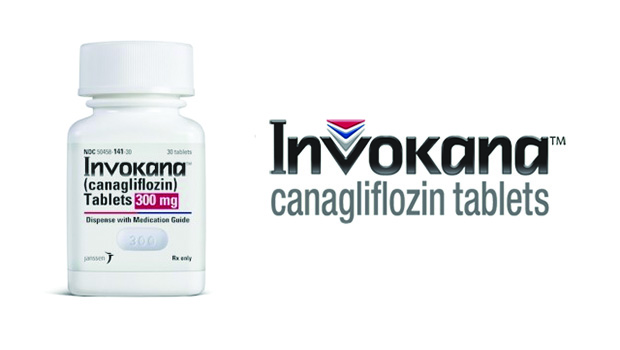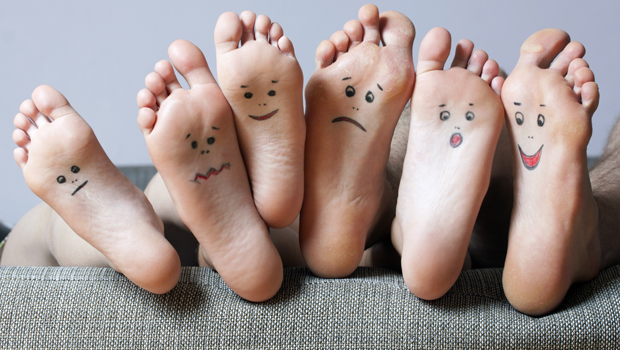Does Sleep Apnea Accelerate Diabetes?
Lack of sleep triggers hunger hormones and you lack energy for an active life, leading to ongoing inflammation, weight gain, and prediabetes

There’s a common misconception that type 2 diabetes is simply the result of too little exercise and too much sugary food, but that’s far from accurate. There are many factors that increase insulin resistance and gradual beta-cell dysfunction which lead to type 2 diabetes.
Research continues to show that sleep apnea is a major contributing factor to diabetes.
For people already diagnosed with type 2 diabetes, it’s well-established that sleep apnea worsens the condition, but more recent research published in the Journal of Diabetes says adults with sleep apnea (OSA) are more likely to develop type 2 diabetes than those without OSA.
What is sleep apnea?
Also known as ‘obstructive sleep apnea’ or ‘OSA,’ this condition can easily go undetected for years while wreaking havoc on your health.
Characterized by extremely inconsistent breathing while you sleep, it actually means your body isn’t getting enough oxygen while you sleep and you get much less deep sleep than you typically require.
The National Sleep Foundation defines sleep apnea as when there are pauses in your breathing that last for at least 10 seconds. The physical issue causing those long phases without inhaling or exhaling is usually because the muscles in the back of your throat are only partially closing or partially opening.
How sleep apnea contributes to the development of type 2 diabetes
The study conducted by the College of Public Health at Zhengzhou University in China looked at a combination of 16 studies that spanned 10.5 years with nearly 340,000 participants.
Of those 340,000 participants, nearly 20,000 developed type 2 diabetes over the course of the study.
“Intermittent hypoxia and sleep fragmentation are pathophysiologic features of OSA and are likely in the pathway leading to type 2 diabetes,” explained Dongsheng Hu, MD, Ph.D., author of the study.
Hypoxia is when the body is deprived of oxygen, then combined with inconsistent and poor sleep quality, it has been directly correlated with the development of type 2 diabetes.
Hu continues that the combination of these two issues (hypoxia and sleep fragmentation) affects how your body metabolizes glucose, increasing blood pressure and risk of stroke.
“Hypoxia and sleep fragmentation also affects glucose metabolisms include increased sympathetic activity, increased cortisol production, increased oxidative stress which damages cells and DNA, and overall increased inflammation.”
Cortisol is your body’s main stress hormone and is essential to many functions in your body, but too much of it creates significant insulin resistance, inflammation, and oxidative stress.
The combination of these issues can also have a tremendous impact on your appetite which easily leads to weight gain.
Furthermore, Hu’s research actually determined that OSA increases a patient’s risk of type 2 diabetes regardless of being overweight.
“This further proves that OSA increases the risk for type 2 diabetes not merely through the common risk factor of obesity,” said Hu.
- The research also found that the more severe a person’s sleep apnea is, the greater their risk of type 2 diabetes.
- For every ‘additional five events’ of apnea per hour, there was an additional 8% increase in their risk of type 2 diabetes.
The risk of type 2 diabetes is increased with increasing OSA severity, which suggests that we should detect and treat OSA early to prevent type 2 diabetes.”
When sleep apnea is combined with other factors
If you smoke cigarettes and rarely exercise, sleep apnea could be that third strike that pushes your body’s levels of insulin resistance over the edge, with blood sugar levels high enough to qualify for a diagnosis.
While quitting smoking is far from easy, getting tested and treated for sleep apnea is actually pretty straight-forward.
Another example, if you’re struggling to lose weight due partly because of a ravenous appetite and constant cravings for highly processed food, getting properly treated for sleep apnea could actually significantly manage your appetite and regulate your cravings.
In fact, if you try to ignore it, untreated sleep apnea can lead to a variety of challenges you may already be struggling with, including:
- Insulin resistance
- Increased risk of type 2 diabetes
- Exhaustion and brain-fog
- Hypertension
- Irregular heartbeat
- Increased risk congestive heart failure
- Increased risk/occurrence of heart attack
- Increased risk of stroke
- Ongoing depression and mood instability
- Difficulty with short and long-term memory
- Lack of attention during activities like driving
- Read more consequences of sleep apnea here
By getting properly tested and treated for sleep apnea, you could significantly reduce your risk of developing type 2 diabetes, especially if you already struggle with other risk factors.
Getting tested & treated for sleep apnea
The first step to getting tested for sleep apnea is talking to your primary healthcare team about sleep study centers in your area.
During a sleep study, you’ll spend a night (or two) sleeping in a clinic or hospital-like bedroom so they can monitor your breathing and oxygen intake. If you qualify, the most common treatment path is to begin using a CPAP device.
A CPAP is a ‘continuous positive airway pressure’ device that ensures you are getting plenty of oxygen while you sleep. It’s also shown in research to directly impact insulin resistance and overall blood sugar levels.
While it looks a little cumbersome, many patients express tremendous gratitude for their CPAP devices because they feel so much better after getting enough oxygen during a night of sleep! (And I’ve heard partners express gratitude for their husband or wife’s CPAP machine, too, because they no longer have to listen to hours of loud and troublesome snoring!)
More and more research confirms the connection between these conditions — with a sleep apnea diagnosis in more than 50 percent of those already diagnosed with type 2 diabetes.
Whether your partner has complained about your troubled sleep or not, it’s worth talking to your primary healthcare team about getting tested.





